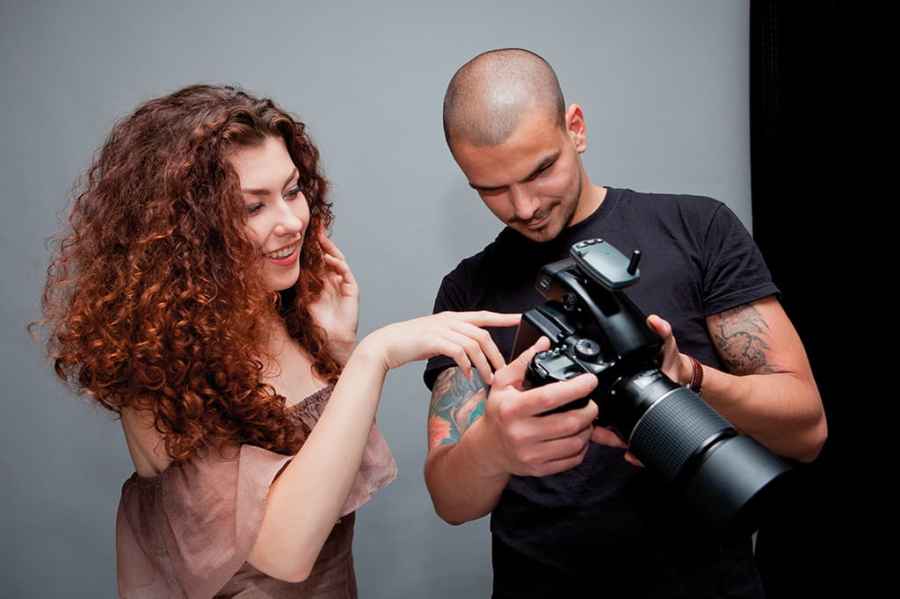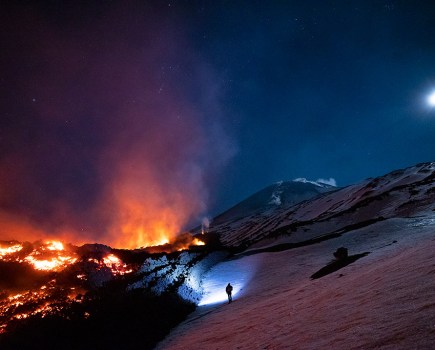Photographer and model Natasha J Bella shares her guide to working with models that every photographer should know
Having spent many years as a model working with both new and hobbyist photographers, I have seen various scenarios and heard stories of awkward moments, nervousness, miscommunication, and uncertainty about approaching certain issues when working with models.
There are unspoken rules and some which might seem obvious but unfortunately are missed. As a guideline, treat those you photograph as you would any work colleague, with good manners, respect, consideration, and professionalism. Here are some pointers on what to do and what not to do.
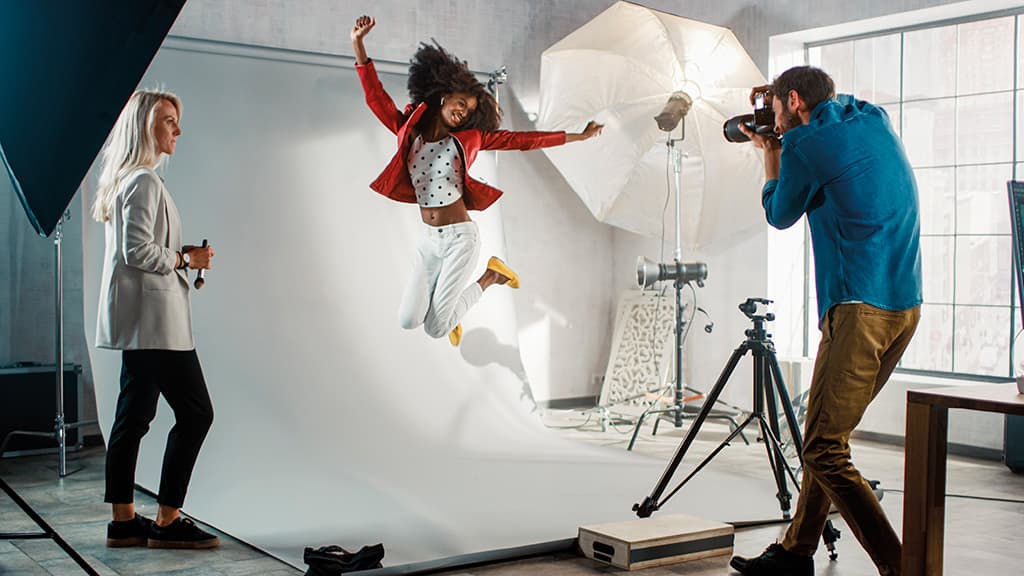
Working with models: key things to do
Communicate
Good communication between a model and a photographer is imperative for a great photo shoot. It helps to put each other at ease, relax, and be open to sharing ideas and discussing the shoot. Make time to talk, right from the start. This will help you to build a rapport and it sets a good tone for the rest of the shoot.
Give feedback
While the model is posing, it’s easy to get caught up in your own world of repeatedly pressing the shutter, holding your breath, and forgetting to talk. It’s important to give little hints that things are going okay. Simple phrases like ‘great’, ‘super’, ‘that’s good’, and ‘hold that’ is essentially the feedback that lets the model know that they are working well. It’s encouraging and keeps the engagement between you and the model flowing. Above all, find your own way. A way that comes naturally to you.
Be considerate
If you’re planning a shoot outside on location, or even in a derelict building, please consider the weather conditions. You may well dress appropriately to suit the temperature, but your model might not. Although they might not mind because they’re as keen to get the shot as you are, shivering with cold is not a good look.
Try to be timely and if you do have some adjustments to make, use that opportunity to suggest to your model to put their coat on for a moment until the shot is set up and ready to go. Always ask and check that they are okay.
The same consideration should be given when shooting in direct sunlight, which might cause squinting or sunburn. If the model must hold a particularly strenuous pose, let them know the moment they can relax in between shots. If you’re shooting for a few hours, agree when a break will be scheduled and be flexible.
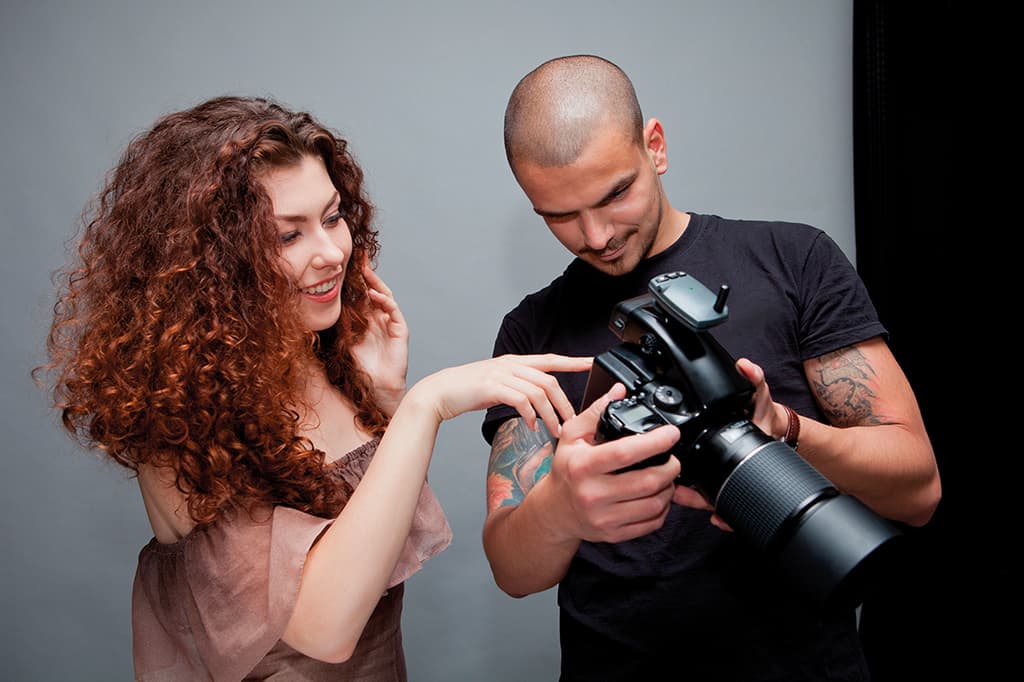
Discuss ideas
Talk through your ideas for the shoot. This will help to create a plan of action. Discussing what you’d like to achieve throughout the shoot will help the model to prepare and may even throw up a schedule that you hadn’t considered. Be prepared to listen to the model’s contribution as they might suggest something to add to your ideas or have just the right garment or prop to suit the image. Going through the mood board together will allow both of you to work out where, when, and how to shoot a particular shot and in which order.
Move on
The scene is set, props are in place, the model is styled and steadily changing pose after each press of the shutter, so you’re clicking away non-stop, it’s all working beautifully. But stop! How many do you need? If you spend any longer on these shots, you’re only going to make it harder to choose later. Not to mention that the amount of time you’ve now spent shooting this style means that you’ll end up rushing to do the set you saved until last. So, remember, if you’ve got the shot, move on.
Share pictures
It’s great to show the images on the back of the camera to the model to see how things are going. It’s reassuring. It’s a chance for them to see how they look, what is working well, and what to improve. With both of you looking at the images, you can make any necessary adjustments.
Have fun!
Play music to keep the energy upbeat. Laugh, chat, smile, be spontaneous, bounce ideas, get creative and have fun with the shoot. It’s a team effort to achieve great images; enjoy the process as well as the results.
Working with models: key things not to do
Don’t touch
You’ve just noticed that your model has a hair out of place, twisted straps or crooked jewellery. Do not approach the model to adjust it yourself. Under no circumstances is it okay to touch the model unexpectedly. Instead, tell the model that something needs adjusting and let them make the changes themselves. If they need assistance with anything, they will ask. Inappropriate touching is completely unacceptable. If the shoot is likely to require a lot of attention to styling, then you should consider bringing an assistant, stylist, or makeup artist to help you.

Don’t copy
There are some great shots in the model’s portfolio, which is why you chose to work with them, right? Although these photos inspire you, and you want some in your own portfolio, refrain from copying them. That shot has already been done by the same model with another photographer. If you do it again, is that not plagiarism? Don’t ask the model to recreate it. Instead, ask to do something along those lines and put your own twist on it. Aim to get something original, that you can feel proud is created by you.
Don’t get personal
Good communication, yes. Getting too personal, no! Don’t pry for personal information just to be nosy. It is not appropriate to discuss intimate details of anyone’s relationship or spread gossip. The dirty joke you heard last week might not work in this situation and might be offensive. Know your audience and be professional.
Don’t be tactless
When you’re looking at the back of the camera, shaking your head with disappointment because the lighting is not quite right, the model could interpret that as disapproval with them and take it personally. Quickly explain that you’re checking the light or changing your settings. Remember the positive feedback. Choose your words carefully when talking about body parts and body shape and most importantly, be polite.

Don’t catch them off guard
Portraiture and model photography is most often posed, therefore being caught off guard is not expected by the model. Taking photos in between poses in an unflattering position – perhaps adjusting clothing, or during a break and eating – is not welcome. If there is a style you’d like to shoot that looks candid, explain that, and it can be set up and posed for specifically.
Don’t shoot too fast
When shooting wildlife, gigs, or weddings where you need to be quick to catch the moment, taking a burst of shots one after the other can become a habit. However, when you’re in a studio with a model, you don’t have to rush. The model is not about to fly away. They will hold the pose and even do the pose again if necessary. You have time to focus, to think about your composition, reframe and get your shot, then pause while the model gets into the next pose. It’s okay. Take your time. That’s how you will achieve the best shot.
Your guide: Natasha J Bella
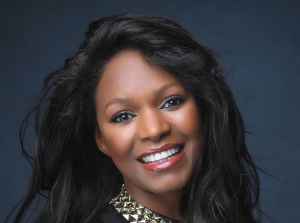
Natasha J Bella is an internationally published model and photography tutor, running her own studio and workshop in Leeds, UK. See more at www.natashajbella.co.uk.
Further reading:
How to take really beautiful portraits
Complete guide to Portrait photography – How to get started
Top fine art portrait photography tips
How to take amazing portraits on a smartphone
Best cameras for portraits and portrait photography 2023

